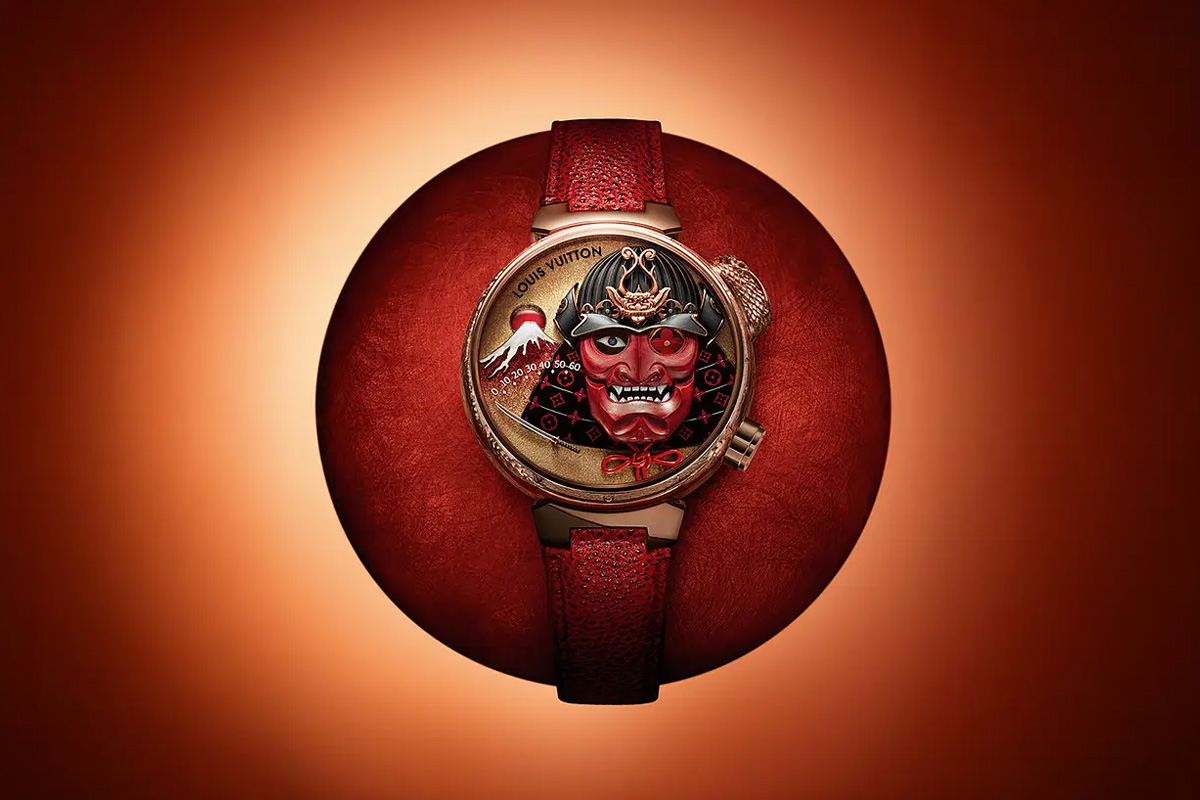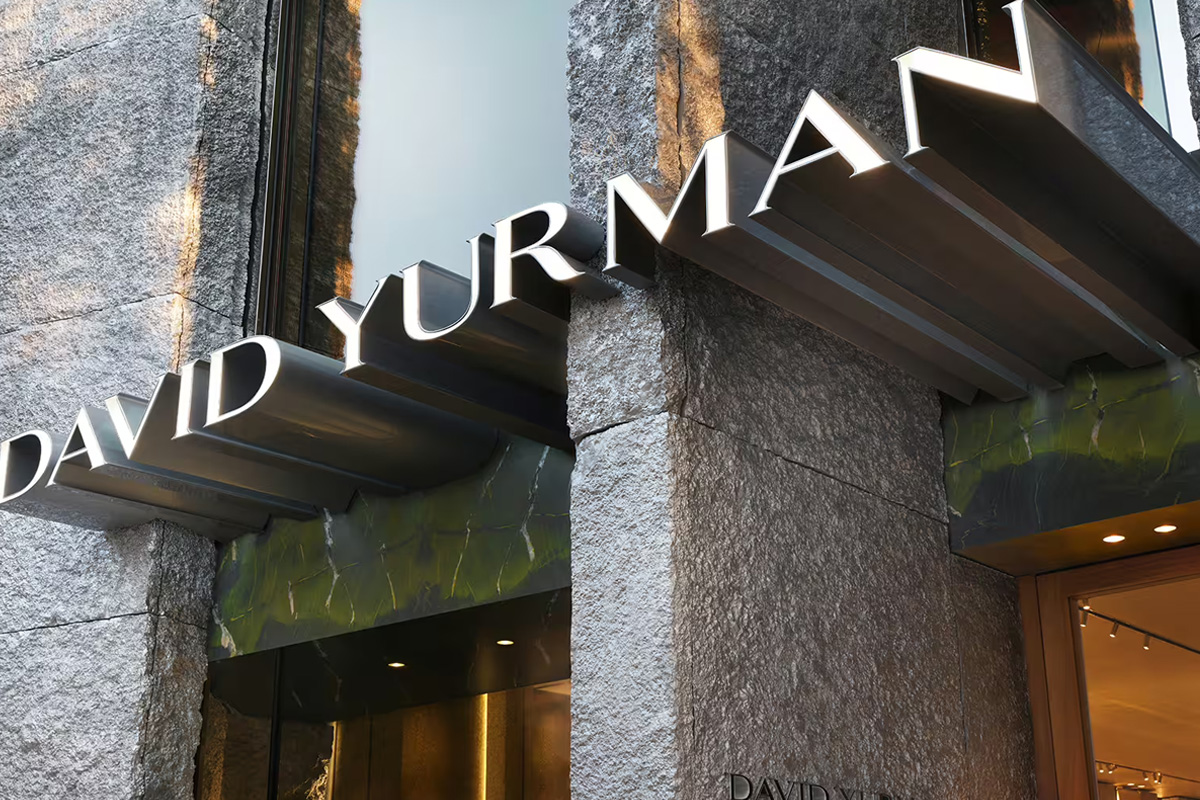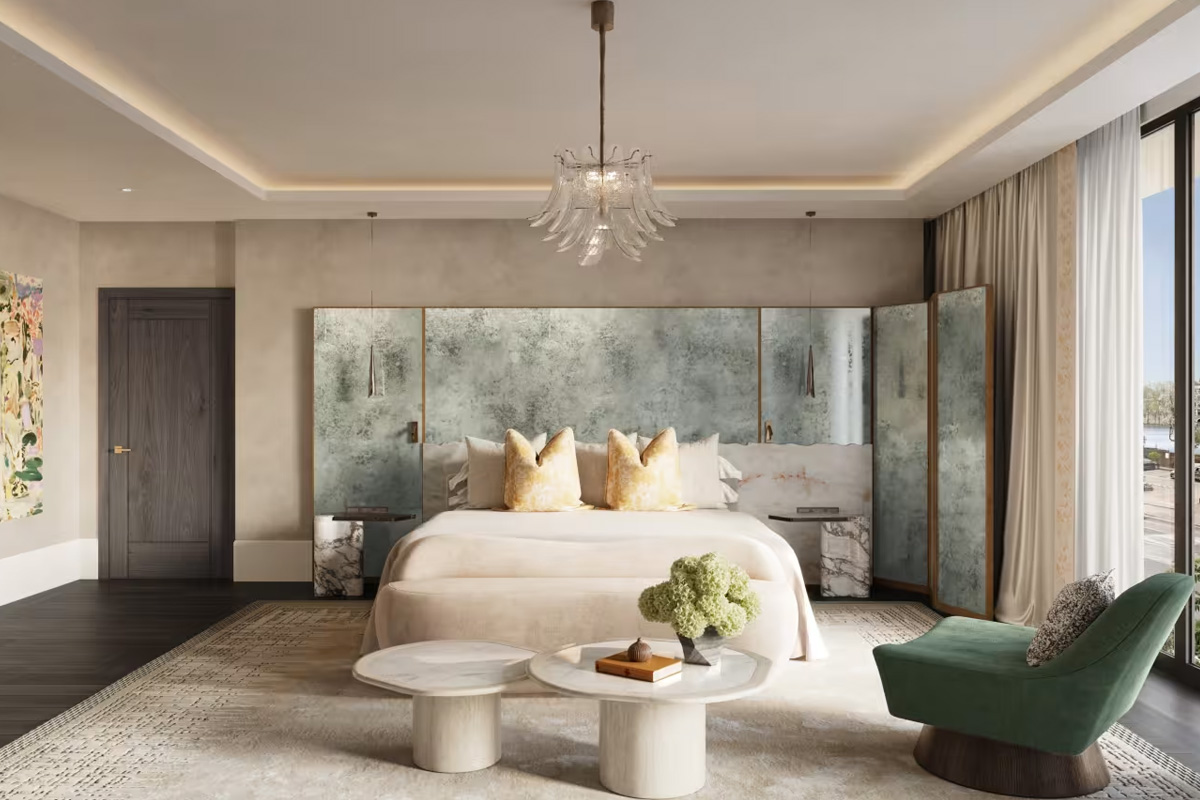The Art of Being Pope Leo: From Raphael's Masterpiece to the First Pontiff on Film
To take on the name “Leo” as a pontiff is not merely to follow a tradition but to step into a legacy woven with unparalleled artistry, diplomacy, architectural brilliance, and spiritual gravitas. For the world’s most discerning collectors and cultural investors, the name evokes an enduring lineage of craftsmanship and influence. From the brushstrokes of Raphael to the pioneering strides of film, the legacy of the Leos continues to captivate those who understand that control of narrative is, indeed, a rare form of sovereignty.

For Ultra High Net Worth Individuals (UHNWIs) and institutional patrons who curate with purpose, there could not be a more fitting parallel to their pursuits than the art, architecture, and media strategy engineered under the papal Leos. Each chapter in this name’s illustrious history pushes the limits of creativity and power, offering an endless source of inspiration for collectors building legacy portfolios and curating private museums.
Raphael's Masterpiece and the Visual Language of Power
When one recalls Pope Leo X, the Medici-born pontiff immortalized by Raphael in his 1518-1520 portrait housed at Florence’s Uffizi Gallery, one isn’t merely encountering a figure of faith. Instead, you see a princely statesman who understood the potency of art as a tool of legacy and leverage. Flanked by Cardinals Giulio de’ Medici and Luigi de Rossi, his family’s influence reverberates from the canvas with calculated elegance.
This was no accident. Leo X, the son of Lorenzo the Magnificent, mirrored his family’s mastery of finance with a parallel mastery of art patronage. Raphael was more than a painter in his employ; he was a visionary enlisted to shape not only visual splendor but the enduring iconography of the Vatican itself. Through commissions ranging from architectural designs to tapestries, Raphael’s work articulated the intersection of ecclesiastical authority and Medici political strategy.
For contemporary collectors, the appeal of such narrative-driven works surpasses surface beauty. It lies in the depth of the story they tell. Raphael’s portrait, a masterpiece impossible to price today, provides a blueprint for the type of art that does more than hang invisibly on a wall; it commands attention and whispers influence. Such works appeal to those who look to imbue their collections with a resonance far beyond aesthetic value.
Narrating Legacy Through Frescoes
Between 1512 and 1520, Raphael, along with his studio, brought to life a series of frescoes in the Apostolic Palace that boldly mythologized earlier Popes Leo. The masterpieces told tales of legacy and divine intervention through paintings such as The Meeting of Leo the Great and Attila, where celestial forces fortify the pontiff’s authority, and The Coronation of Charlemagne, framing papal power as the ultimate source of imperial legitimacy.
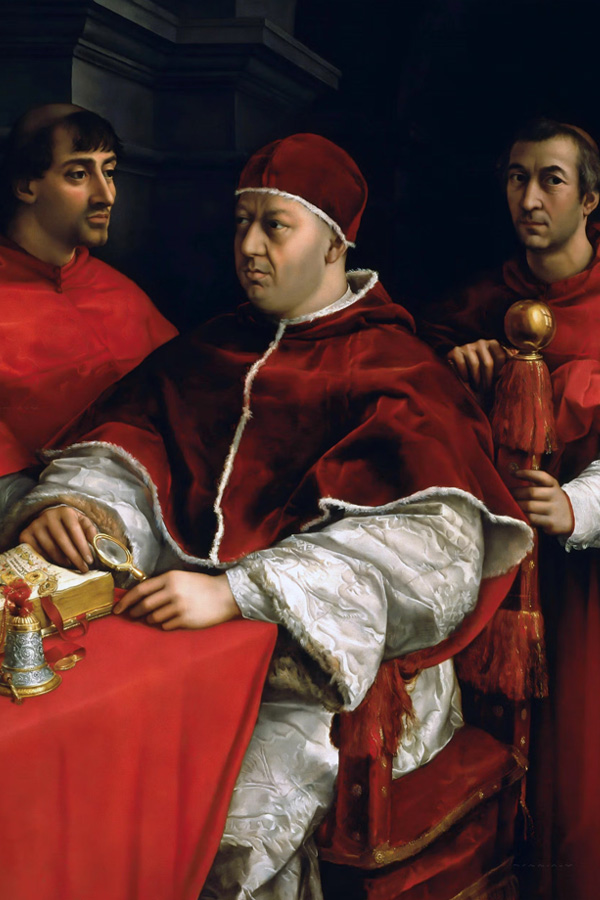
These cycles revealed the papacy as both a spiritual mediator and a political force, captured in a medium that resonates far beyond its time. Modern collectors envisioning their own legacy portfolios would do well to consider the weight of such crafted mythologies. These frescoes are the progenitors of today’s story-driven collections, serving as reminders that art can immortalize a narrative as much as it can a name.
Leo XIII and the Birth of Papal Media Strategy
Fast forward three centuries, and we encounter Pope Leo XIII, a man born in a time of revolutions who redefined how the Vatican communicated its influence. Not content to rely solely on the static medium of portraiture, he embraced the emerging world of motion pictures. Captured on film in 1896, Leo XIII became both a spiritual and temporal trailblazer, pioneering the way the papacy could extend its reach into new forms of storytelling.
For collectors eyeing the undervalued world of late 19th and early 20th-century ecclesiastical portraiture, works like Philip de László’s 1900 portrait of the aging pontiff present intriguing opportunities. De László, whose art bridges Victorian solemnity and pre-modern elegance, is experiencing a resurgence in elite markets, with institutions across Europe showcasing his mastery.
Leo XIII’s foray into film, however, remains his most enduring contribution to modern media. It demonstrated an understanding of how emerging platforms can be leveraged for both influence and preservation. For today’s UHNWIs navigating the convergence of technology and art investment, this pioneering spirit is a resonant reminder of art’s evolving role in shaping narratives.
Architectural Legacy and Power’s Tangible Footprints
The legacy of the Leos extends beyond canvas and film into brick and stone. Consider Pope Leo IV, whose Leonine Wall fortified Vatican City and provided safe passage to pontiffs during times of peril, including Clement VII’s flight during the 1527 Sack of Rome. Such structures are more than historical relics; they are prime examples of heritage architecture’s endurance as both function and art.
For contemporary patrons, opportunities abound in the realms of architectural restoration and cultural preservation projects tied to such significant sites. They not only safeguard history but allow collectors a tangible connection to the legacies they revere. For those investing in Vatican-adjacent antiquities and restoration initiatives, such acts of patronage become an integral part of their personal narrative.
The Intersection of Patronage and Power
To invest in art associated with the papal Leos—such as Pope Leo X, Leo XIII, and Leo I—is to align oneself with a legacy deeply rooted in symbolism, craftsmanship, and the power of influence. These works, ranging from Raphael’s portrait of Pope Leo X with Cardinals Giulio de’ Medici and Luigi de’ Rossi to the Sistine Chapel frescoes under Pope Julius II’s patronage, reflect an era when art served as a deliberate display of authority. Whether it’s the Medici lineage seen in Lorenzo de’ Medici and Giovanni de’ Medici or the Vatican Museums’ treasures like the Hamilton Bible once owned by Leo X, these creations were statements of permanence and power.
For collectors today, engaging with this art legacy offers a profound connection to the Medici insignia and the broader Christian Church. Raphael originally conceived masterpieces such as the Stanza della Segnatura and the Stanza dell’Incendio del Borgo during a time when the Catholic Church and figures like Pope Clement VII and Julius II shaped northern Italy and beyond. Artifacts extend beyond the Vatican City—works tied to Leo’s chair, the Medici relatives, and even the Uffizi Gallery in Florence. The restoration of sacred spaces like Saint Peter’s Basilica, a project that began with Pope Julius II and continued under successive Medici popes, further underscores this timeless pursuit of beauty and legacy.

Whether commissioning new work inspired by figures like Sebastiano del Piombo or contributing to the preservation of art that fueled the Christian Church’s cleaving during Martin Luther’s posting of his theses, collectors mirror the ethos of these historical patrons. From Raphael’s painted theological narratives to dynastic portraits of Pope Leo X surrounded by Medici palle, these works invite one to reflect on the meditative grandeur of the Catholic Church, the Vatican chronicler’s perspective, and Leo’s penchant for blending diplomacy with art. This alignment with a history shaped by Pope Leo X, Clement VII, nephew Giulio de’ Medici, and the Medici relatives offers a lasting connection to art history, beauty, and meaning.
What Role Will You Play in Safeguarding This Legacy?
The ascension of Pope Leo XIV heralds not only a new chapter in the Vatican’s spiritual leadership but also a renewed reflection on its cultural and artistic legacy. Custodian to the world’s most symbolically charged art collection, including the Vatican Museums, St. Peter’s Basilica, and the Sistine Chapel, this legacy extends far beyond Vatican City, resonating with the entire Christian world. From the Medici lineage of powerful popes such as Pope Leo X, Pope Clement VII, and Giovanni de Medici, to the artistic triumphs of Raphael, Sebastiano del Piombo, and works such as the Stanza dell’Incendio del Borgo, their influence spans centuries.
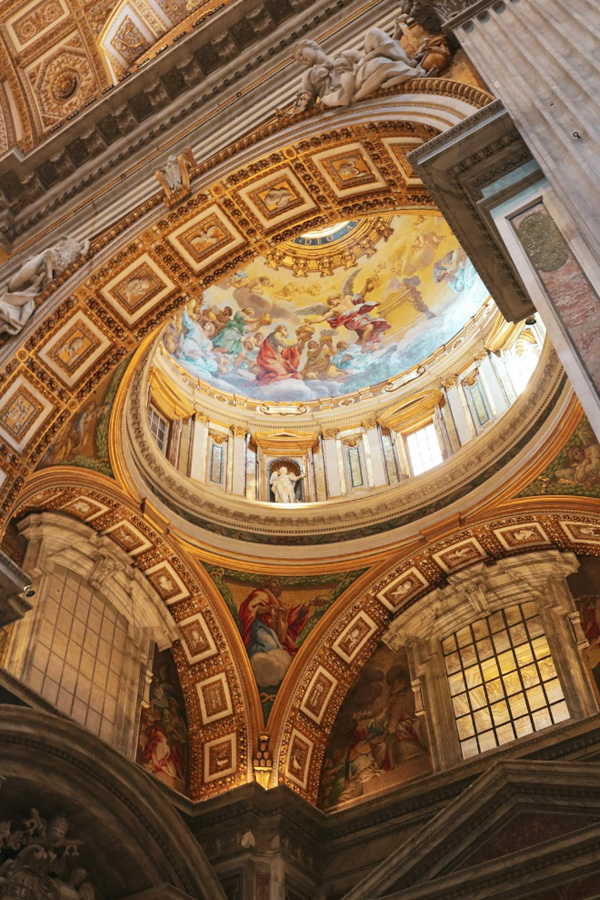
The legacy of “Leo” invites today’s most discerning minds to consider their place within this narrative. Will you commission, restore, or collect? From the Medici insignia adorning historical works to Raphael’s portrait of Pope Leo and the Hamilton Bible once owned by the papacy, the opportunities to connect with history are boundless. Aligning with this enduring story means engaging with masterpieces tied to figures such as Cardinals Giulio de’ Medici, Luigi de’ Rossi, and Lorenzo de Medici, who shaped the course of art history and the Catholic Church’s cultural dominance.
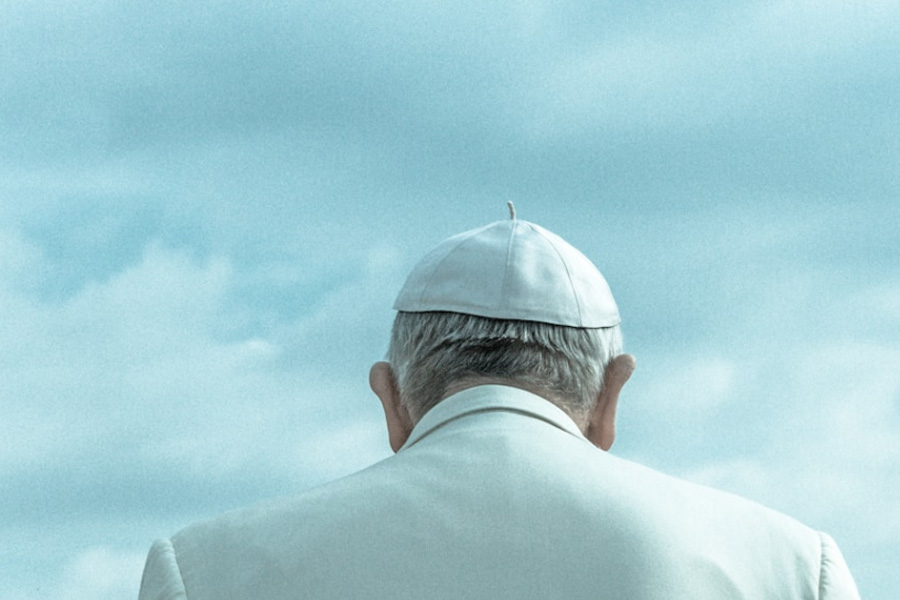
Through investment, preservation, and innovation, we can honor the works that shaped Northern Italy, defined Vatican doctrines, and influenced artists who painted in spaces like the Stanza di Eliodoro and San Giovanni. Whether contemplating the chaos of Pope Leo’s chair or the dynastic portraits that framed the Medici relatives’ legacies, these moments serve as a mirror to our own potential contributions. After all, to create is divine, but to collect thoughtfully—guided by figures like Pope Julius II, Clement VII, and the Medici’s enduring art—is eternal.
As Raphael originally conceived through his masterworks for the Vatican, and as Martin Luther posted his theses challenging the Christian Church, the echoes of history demand a response. How will you define your legacy?
LATEST
POPULAR
